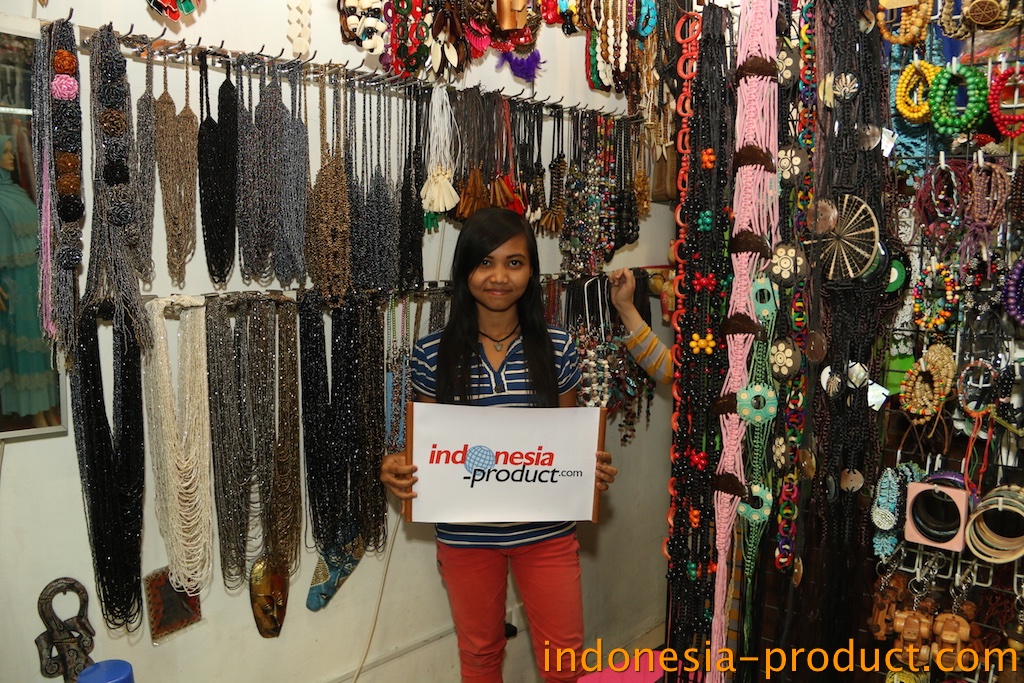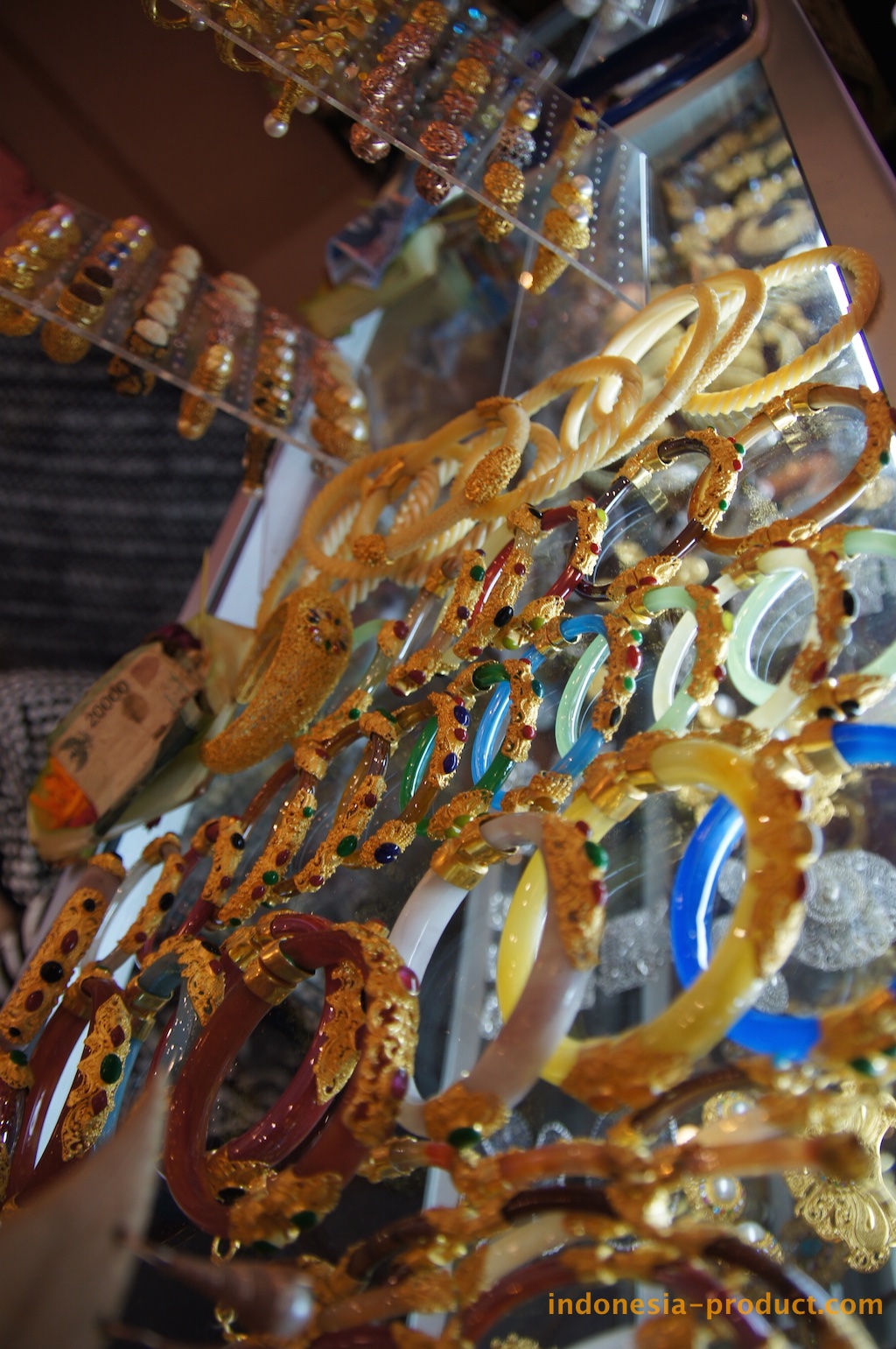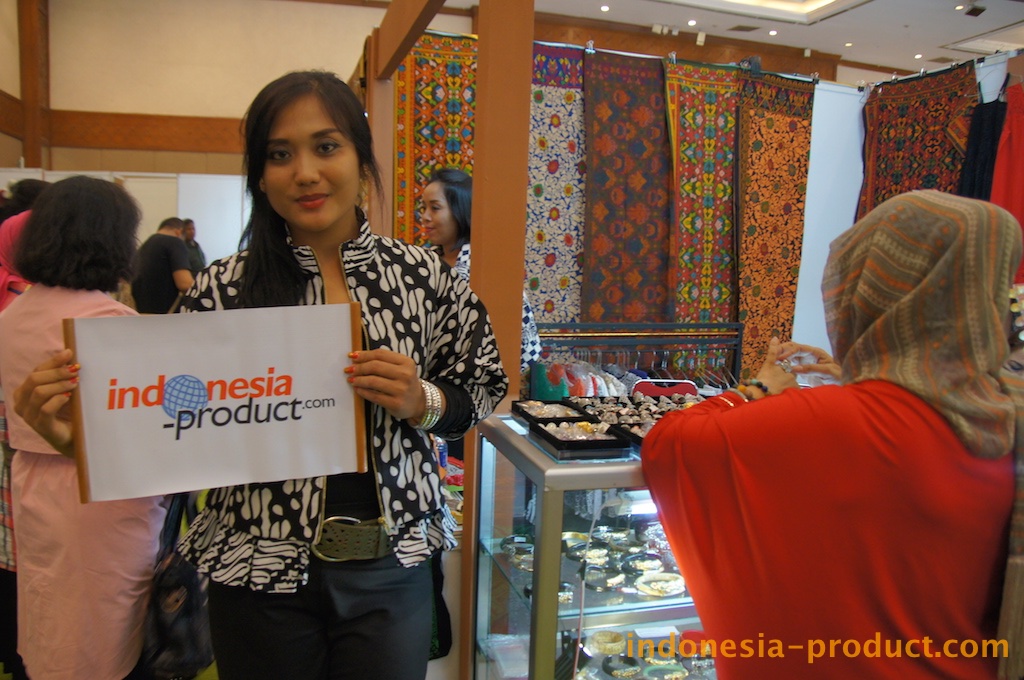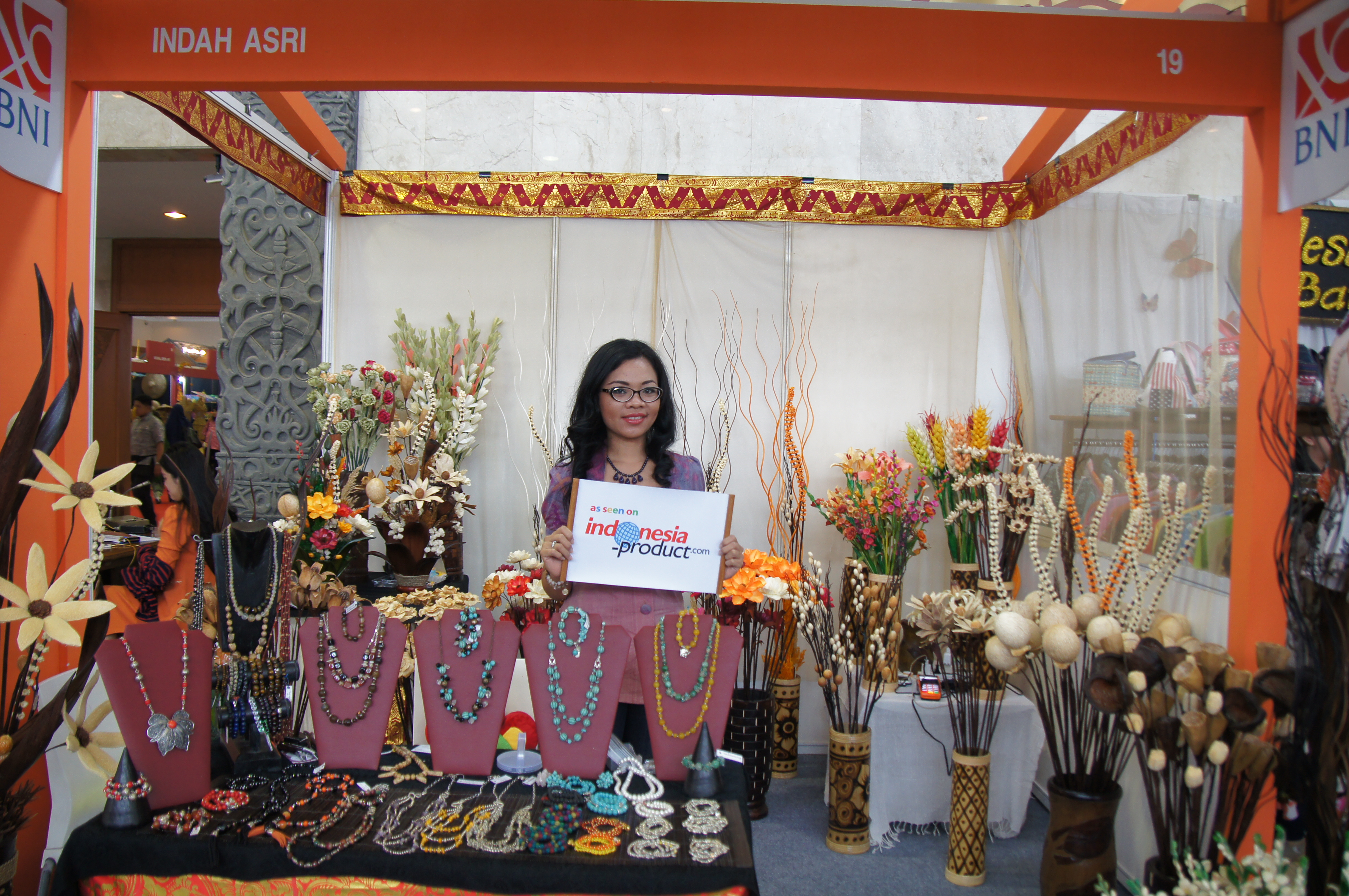Charles Tiffany Found All That Glittered In Jewelry
October 25, 2007: 08:05 PM EST
CNNMoney.com
Oct. 26, 2007 (Investor’s Business Daily delivered by Newstex) —
Charles Lewis Tiffany knew he’d have no trouble finding a place to open a stationery and fancy goods store in 1837.
So many businesses in New York City had been failing that plenty of storefronts were available.
A fire, riots over inflation and poor sanitation (free-roaming pigs were the garbage collectors) plagued many of the city’s businesses. In just two months that year, 260 businesses with liabilities of $100 million shut their doors, wrote Joseph Purtell in “The Tiffany Touch.”
But 25-year-old Tiffany and his partner, former schoolmate John Young, saw opportunity, not disaster. They took a $1,000 loan from Tiffany’s father, found a spot at 259 Broadway and opened Tiffany & Young for business on Sept. 18. The first day’s receipts: $4.98. On New Year’s Eve, sales were $679.
That was the start of Tiffany & Co. (NYSE:TIF) , perhaps the world’s best-known jeweler. Today, Tiffany’s TIF annual sales top $2.6 billion, and the company operates over 150 stores and boutiques worldwide.
How did Charles Tiffany (1812-1902) build a jewelry empire that is still thriving?
He didn’t let setbacks discourage him — not even when burglars stole his entire stock one night in 1839.
Instead of dwelling on their misfortune, Tiffany and Young focused on getting back in business. Fortunately, they’d always taken the store’s cash home with them at night. They used that cash to start restocking right away. “Soon, they were happily expanding, renting space next door,” Purtell wrote.
Tiffany wouldn’t ever take no for an answer. Take the time he heard that a consignment of fine Japanese goods had arrived in Boston. He was determined to buy some for his shop. “But we had no ready cash and practically no financial standing,” Tiffany recalled.
He traveled to his hometown of Killingly, Conn., and asked a rich associate to lend him $300. The man refused. “This rebuff, however, only made me more determined,” Tiffany said. He kept asking friends and acquaintances until someone fronted him the money.
Tiffany wasn’t afraid to do things differently. Two years after he started his business, he set up a revolutionary price policy. He marked every item in the store with the selling price — and it was final.
At that time, most stores didn’t mark the price on merchandise. Or they gave a negotiable price. Tiffany’s theory was the no-haggle policy would be a relief to many customers and that it would let him have lower prices than his competitors, Purtell wrote. “The policy paid off handsomely.”
Unlike many jewelers, Tiffany was a stickler for high quality. In 1841, he and Young started making annual trips to Europe to buy the best jewelry and merchandise available. At the time, no other store did this; buyers just chose from the limited stock sent from abroad.
This move boosted the quality of the store’s merchandise and “was to prove a turning point 15r the firm,” Purtell wrote. On the first trip, Tiffany and Young brought back imitation-diamond jewelry in fine settings. It was a major improvement over some of the cheaper costume jewelry the store had carried.
The line was an instant success, so Tiffany started dealing in real diamonds. He imported them in real gold settings. The business took off, and in 1847 the store expanded into much larger quarters uptown.
“I must say that I was hard to please in the way of designs,” Tiffany recalled in an article in the Morning Journal in 1894. “I was also very particular about the quality of the stones I bought. … For every ounce of gold I bought I surely must have handled 10 pounds. I could see that the money was to be made in that direction, and I determined that I would build up a jewelry trade.”
His chance to achieve his goal came in 1848, when Young arrived in Paris on a buying trip at the same time an uprising was taking hold in France. Supporters of the king were desperate to leave France. They had little cash — but lots of diamonds.
The price of diamonds dropped 50% overnight. Young gobbled up as many as he could. When he returned to New York, he and Tiffany immediately began making their own jewelry. Tiffany & Co. later became famous for its designs of other items as well. Tiffany’s son, Louis Comfort Tiffany, was a renowned artist, designing vases, jewelry and the famous Tiffany lamps.
Charles Tiffany gave special attention to his customers. He sold his first bronze inkstand to a “fashionable society woman.” The store’s errand boy had already left for the day, and he didn’t want his customer to have to wait an extra day for her purchase. “So when we closed up the shop I wrapped up the inkstand and carried it down to Cliff Street myself,” Tiffany said.
After his business was a success, Tiffany kept working hard. “All through the famous blizzard of ’88 he did not miss a single regular attendance at his business,” according to an 1891 article in Harper’s Weekly. “Every morning at half-past 9 he enters the big glass doors of his establishment, where he opens and reads his own mail and newspapers regularly, without the aid of any eyeglasses, and finds enough executive duties to keep him there among the last at 6 o’clock in the evening.”
Tiffany was 79 years old at the time. When he died at age 90, Tiffany & Co. was worth $2.4 million.
This story originally ran Sept. 16, 1999, on Leaders & Success.
Newstex ID: IBD-0001-20512044
Originally published in the October 26, 2007 version of Investor’s Business Daily.
Copyright (c) 2007, Investor’s Business Daily, Inc. All rights reserved. This article is protected by United States copyright law and may not be reproduced, distributed, transmitted, displayed, published or broadcast without the prior written permission of Investor’s Business Daily, Inc. You may not alter or remove any trademark, copyright or other notice from copies of the content.





